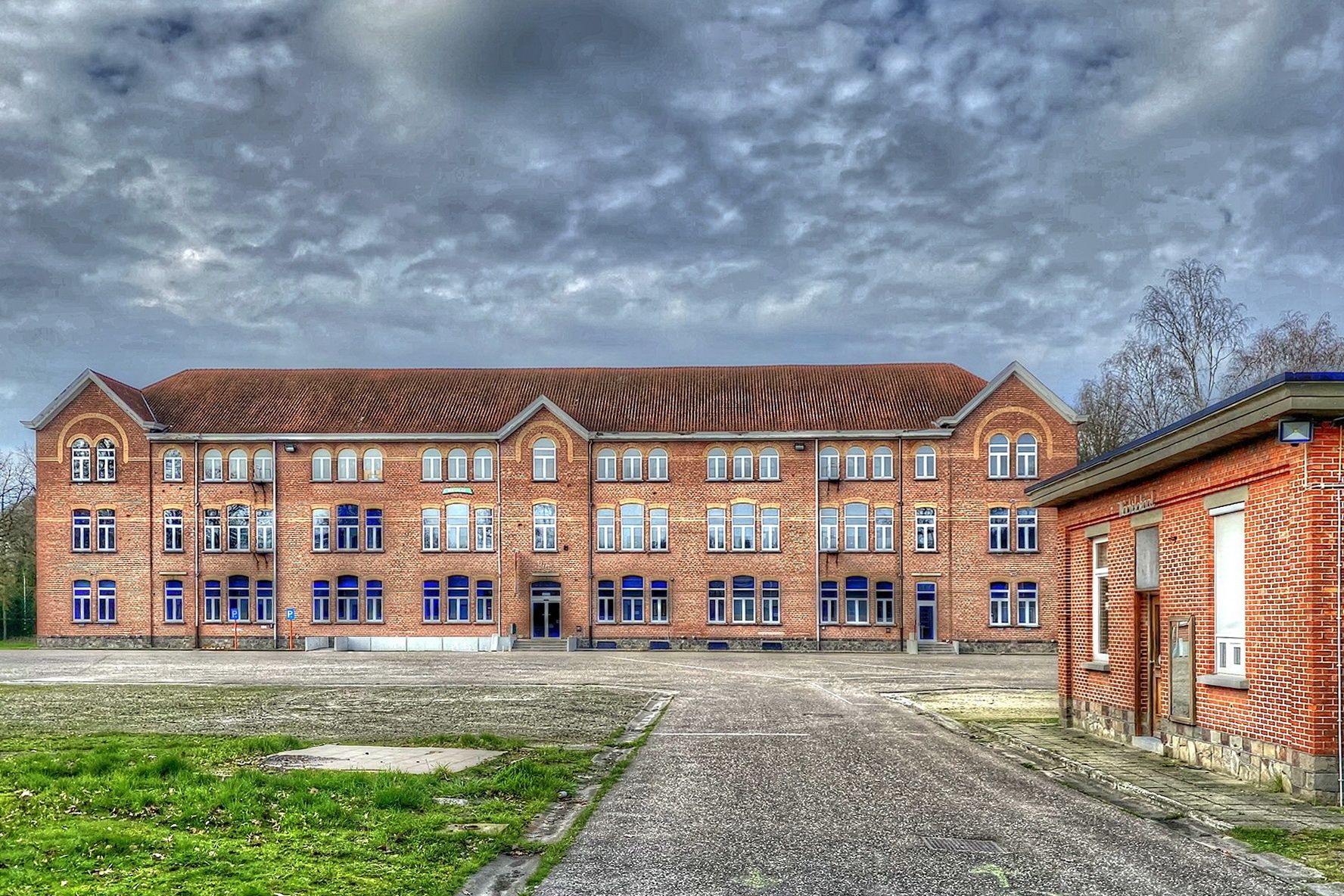|
Since August 11, 1921, general conscription also applied to the clergy. They would henceforth perform their military service with the administration of the “Training Center for Stretchers and Nurses” in the Military Hospital of Camp Beverlo. From 1922 onwards, the CIBISTS or conscripted clergy could find shelter in some 25 barracks that were located next to the military bakery behind the military hospital. It was three large blocks with a number of wooden barracks around a central square. In 1935 a new accommodation was built at this location, the later “Kwartier IJzer”. |
|
WW IIJust before the outbreak of the Second World War, the hospital was evacuated and the CIBISTS were transferred to Bruges. They would never return to Leopoldsburg. In the post-war years, the 1ste Regiment Jagers te Paard-Gidsen took up residence in the barracks. They had been stationed in some older barracks within the Camp since 1935. From 1948 the 1st Battalion Para also took up residence in the buildings and the Algemene Directie van de Genie (General Directorate of the Engineers) decided that it would be called “Quarter Lieutenant Freddy Limbosch”. In 1952 the Regiment Para-Commando was created. It consisted of the 1st Battalion Para (Leopoldsburg), the Trg C Para (Schaffen), the 2nd Battalion Commando (Seilles), the Para-Commando Training Center (Namur) and the Training Center for Commands (Marche-les-Dames). When the Parachute Battalion moved to the citadel in Diest, the name was withdrawn from the quarter in Leopoldsburg and given to Diest. It was the Engineers who gave the name “Ijzer” to the quarter in 1952 when they moved into the buildings. The 8th Engineers Battalion took up residence there with two construction companies, medical detachment and kitchen. After the Battalion Jagers te Paard was disbanded, the barracks became vacant and were listed for sale in 2013. In 2017, the barracks are mainly used by the municipality. Text: Het Belgisch Militair Vastgoed sinds 1830 Translation by Patrick Marquenie |
|
This article is also available in
![]() Nederlands
Nederlands

